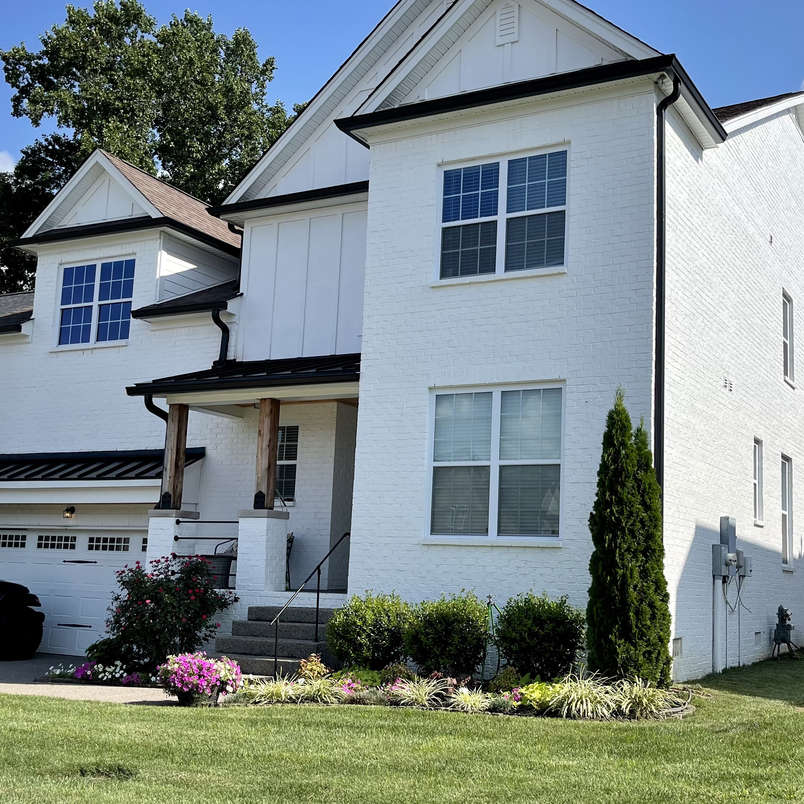
Latest Content > Navigating the Complexities of Long-Term Care: Who Pays for What?
Navigating the Complexities of Long-Term Care: Who Pays for What?
Navigating the Complexities of Long-Term Care: Who Pays for What?
Long-term care encompasses a range of services designed to meet the needs of people who are unable to perform everyday activities on their own. A significant challenge in this realm is understanding who pays for these services, especially when differentiating between care services and housing services. This blog post aims to clarify these distinctions and address the pressing question: Who pays for long-term care?
Understanding Activities of Daily Living (ADLs)
Activities of Daily Living (ADLs) are essential tasks that individuals perform daily, such as bathing, dressing, eating, and moving around. Surprisingly, many insurance companies do not cover the costs associated with these activities. While Medicaid does cover ADLs, commercial Medicare typically does not. There are exceptions with some private Medicare plans, specifically Medicare Advantage, which cover these services for certain patients. However, recent cuts by the Centers for Medicare & Medicaid Services (CMS) to Medicare Advantage rates for 2025 will likely reduce this coverage, making it harder for individuals to access these necessary services.
Private Duty Home Care vs. Certified Home Care
It's crucial to differentiate between private duty home care and certified home care. Certified home care is usually covered by Medicare and involves professional home care aides who assist patients recovering from illnesses or surgeries after being discharged from the hospital. This type of care focuses on medical needs and recovery.
In contrast, private duty home care involves personal care aides who assist with ADLs and other non-medical needs. These services are primarily paid for out-of-pocket or through Medicaid, with limited coverage under certain Medicare Advantage plans. However, due to the aforementioned rate cuts, this coverage is expected to diminish.
The Financial Burden of Home Care
For those not eligible for Medicaid, the cost of home care can be overwhelming. Private duty home care, especially if needed for extended periods, can quickly become a significant financial burden. For example, employing a personal care aide for 40 hours a week at $15 an hour costs over $30,000 annually. If round-the-clock care is needed, this expense can triple, reaching upwards of $100,000 per year. This is a substantial amount of money, particularly when considering the financial resources of many families. In fact, a survey by Genworth Financial found that the median annual cost of in-home care in the United States was approximately $54,000 in 2020.
The Wealth Dilemma
Adding to the challenge, many North Americans have their wealth predominantly tied up in their homes. Statistics indicate that around 95% of retirees have the majority of their wealth invested in their homes, leaving them with limited liquid assets to cover the high costs of long-term care. This financial strain is further exacerbated by the lack of third-party payers for personal care aides, pushing many to rely on personal funds or support from family members. A study by the National Institute on Retirement Security found that the median retirement account balance among all working-age individuals was only $21,000, highlighting the financial vulnerability many face.
Planning for the Future: Ensuring Accessible and Affordable Care
Navigating the complexities of long-term care requires a clear understanding of what services are covered by various insurance plans and who ultimately bears the cost. With Medicaid being the primary third-party payer for ADLs and the recent cuts to Medicare Advantage, the financial responsibility increasingly falls on individuals and their families. As the costs of home care rise, it's essential to plan ahead and explore all available options to ensure that necessary care services are accessible and affordable.
Long-term care is an essential yet costly aspect of healthcare that many people will need at some point in their lives. Understanding the financial landscape and preparing for potential expenses can help mitigate the financial strain and ensure that individuals receive the care they need. By planning ahead and exploring all available options, families can better manage the costs and complexities associated with long-term care, ensuring that their loved ones receive the support they need without compromising their financial stability.
Investment Properties
Resources to Learn More
Sign up to get alerts about new posts
What’s New

Is A Tokenized Real Estate Asset Really a Security?
In recent years, the real estate market has seen a significant transformation with the advent of tokenization, a process where real estate assets are converted into digital tokens on a blockchain. This innovation promises increased access, liquidity, and streamlined transactions, marking a shift in how we perceive and leverage real estate and investments.
 Read Blog
Read Blog

Navigating the Complexities of Long-Term Care: Who Pays for What?
The ugly truth about traditional real estate investments: limited access and clunky exits with Andrew Baum CFA, Chairman of Newcore Capital.
 Watch Video
Watch Video



